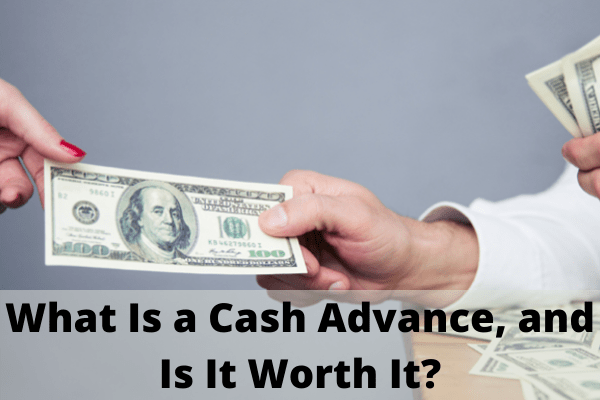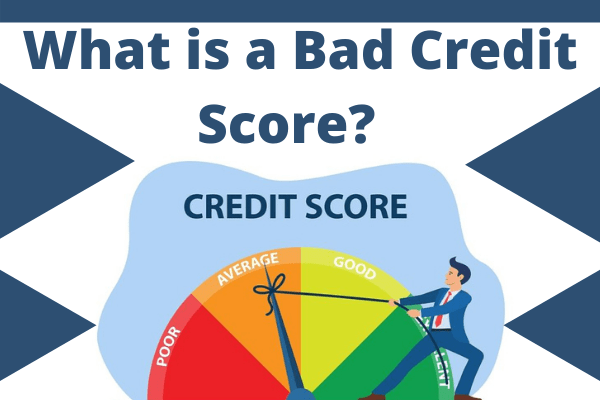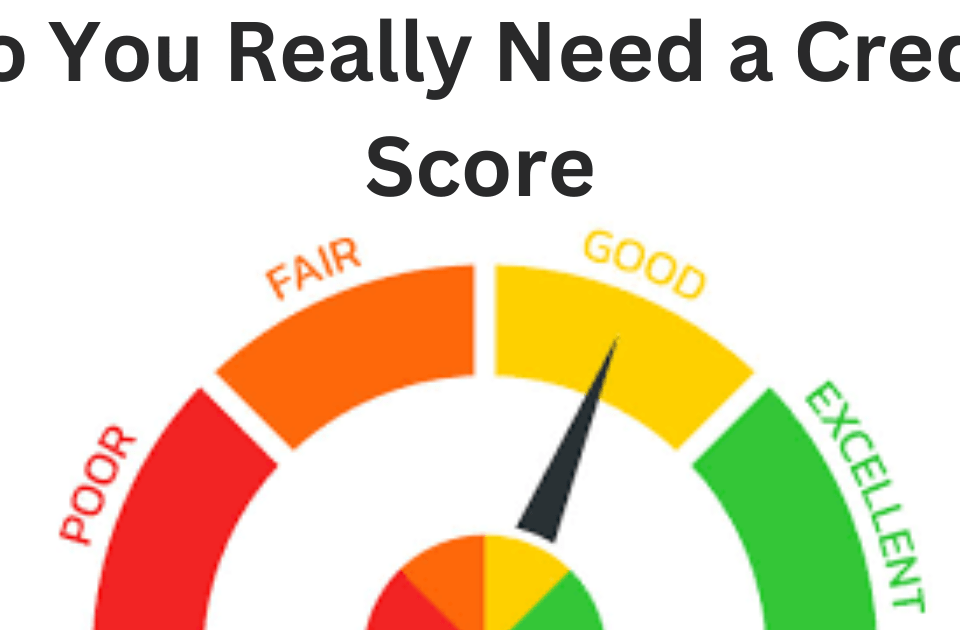What is a Bad Credit Score?

What Happens to Your Debt When You Die?
March 13, 2021
What Is a Cash Advance, and Is It Worth It?
March 13, 2021Your credit score is that three-digit number ranging from 300 up to 850. Although 300 is considered as the lowest score while 850 is deemed as a perfect score, the majority of scores will be somewhere in the middle of these two extremes. What is a bad credit score, then?
What Can be Considered as Bad Credit Score?
For you to determine if you have a bad or good credit score, you should know first which specific scoring model has been used. VantageScore and FICO use credit scoring ranges with slight differences.
A score of 580 to 669 can be considered fair with FICO while a score of less than 580 is regarded poor. The scoring model of VantageScore breaks the sub-prime borrowers to three ranges of the score – 300 to 499 being very poor, 500 to 600 as poor, and 601 to 660 as fair. This means that anything that goes lower than 669 can be deemed as bad credit.
Difference between No Credit Score and Bad Credit Score
Not having a credit score means that you don’t have a credit history yet that is on file with the primary credit bureaus in the US. On the other hand, having a bad credit score means you don’t have any credit history, with one factor or more on the credit file holding back your credit score.
There are many ways that it is better to have no credit score than a bad credit score since you will start with a clean state. Your credit reports don’t have negative remarks such as bankruptcies, charge-offs, late payments, and others, all of which can take a few years to be removed.
But, not having a credit score can still make it hard for your credit to be approved because lenders won’t be able to check any credit history that will serve as the basis for the approval decision. Good thing there are several ways for you to start building credit like applying for a credit builder loan or a secured credit card or getting added on the credit card of another person as an authorized user.
How Bad Credit Affects Your Life?
Having a bad credit score could make it hard for you to be approved by lenders for any kind of credit. It includes installment loans such as auto loans and mortgages and revolving credit such as credit cards.
For instance, a homebuyer needs a minimum score of 620 to be qualified for a conventional loan market. The newest State of the Automotive Finance Market report of Experian discovered that new car buyers that took out a lease or loan during the fourth quarter of the year 2019 had 719 for their average credit score.
Even if you are approved for a loan despite your bad credit, it is still unlikely that you will be qualified for the best rates.
Lastly, you have to take note that your score can also affect your application for services that are not within the credit history. Insurance agencies, landlords, phone companies, and utility providers might view your credit to determine your risk.




